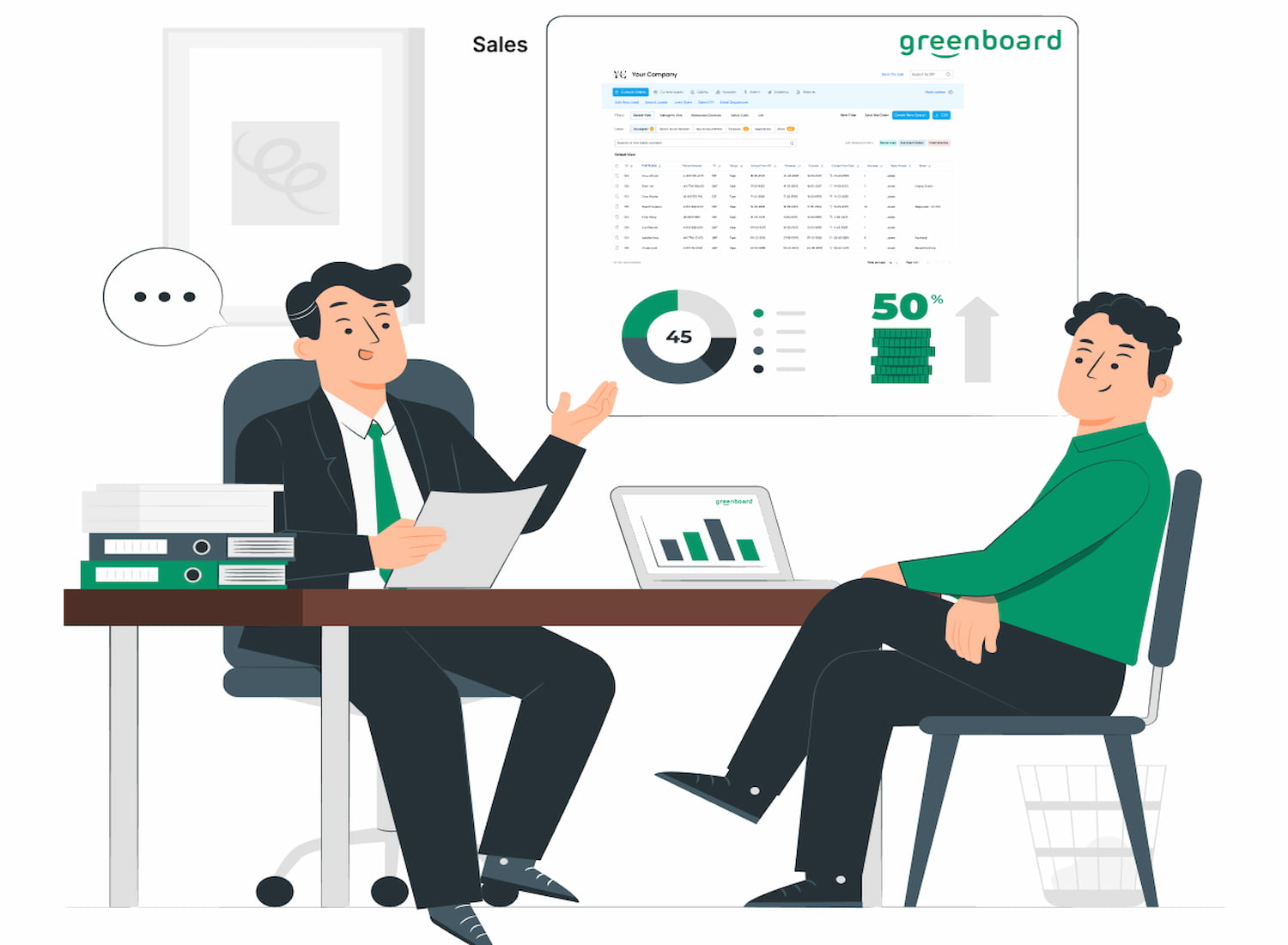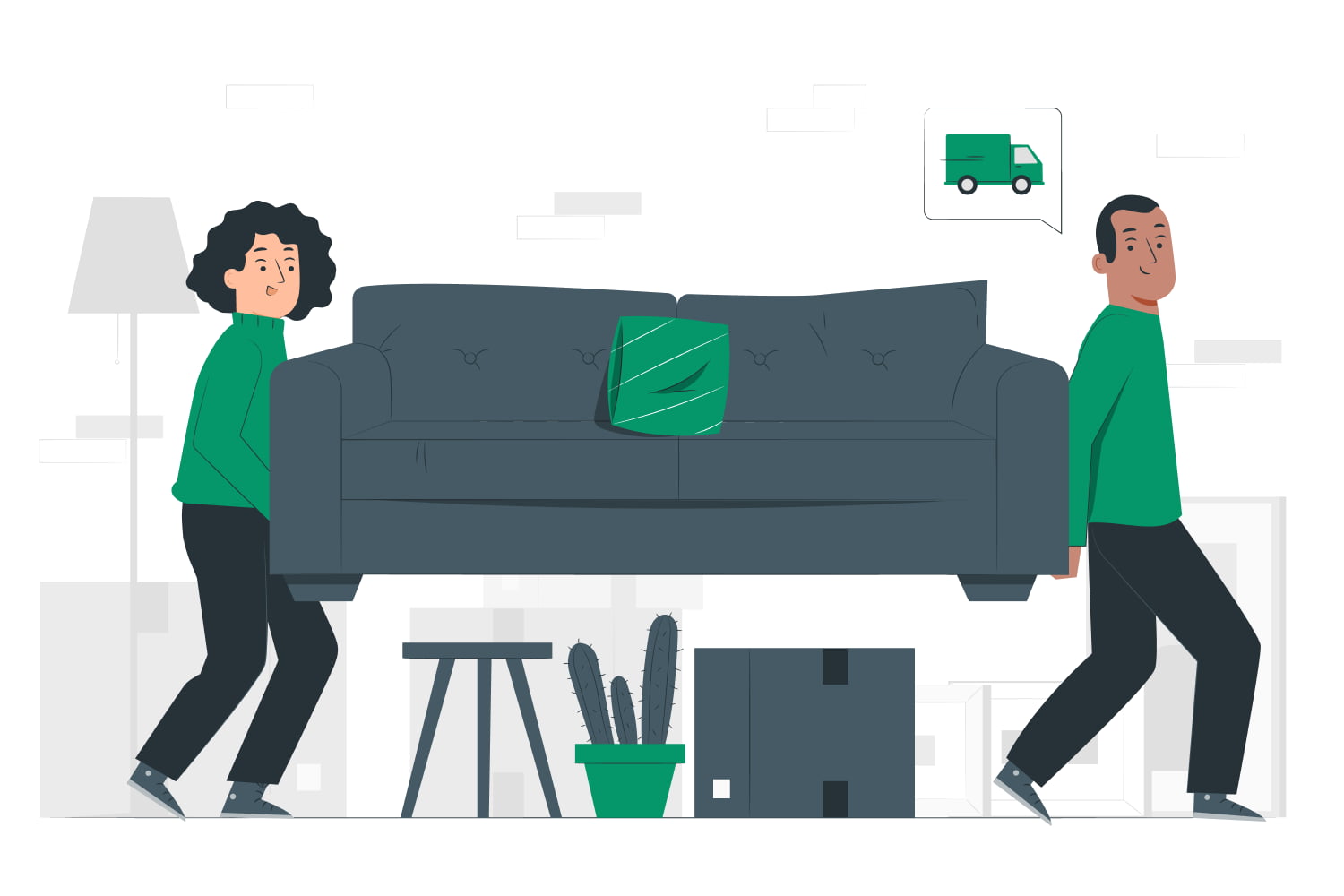
Greenboard VS Seismic
Posted by Greenboard Team | April 20, 2025

Running a furniture store isn’t like running a tech company or an insurance agency. Your sales cycle is personal. Customers want to see, touch, and feel what they’re buying. Conversations span weeks, sometimes months. Your team juggles walk-ins, appointments, follow-ups, and delivery coordination—all while trying to hit their numbers.
That’s why choosing the right system to help you manage leads, customer communication, and team performance is such a big deal.
Two names that might come across your radar are Greenboard and Seismic. While both aim to streamline your operations and boost your team’s productivity, they take very different approaches—and were built with different types of businesses in mind.
Let’s break down the pros and cons of each, and see which one might make more sense for your store.
Greenboard
Greenboard is a platform created with one specific mission: to help furniture store owners manage their leads, improve customer communication, and get a better handle on employee performance. It’s not a jack-of-all-trades tool that’s trying to serve everyone from dentists to real estate agents—it was built from the ground up for your world.
Pros
Purpose-built for furniture retail. You don’t have to bend over backwards to make Greenboard work for you. It already speaks your language. Lead stages, customer touchpoints, and team tracking are all designed with the rhythms of furniture sales in mind. That means less time trying to force a tool to fit—and more time actually using it.
Smooth onboarding with real support. Greenboard charges a setup fee—but it’s not just a one-time install. That fee covers white-glove onboarding, personalized training, and even some light custom development. You’ll work directly with a team that helps you shape the platform around your store’s needs, not the other way around.
Clear lead and follow-up tracking. If a customer came in last Thursday to look at a sectional and said they’d “think about it,” Greenboard won’t let them fall through the cracks. The system helps your team stay on top of every conversation, appointment, and quote without sticky notes or guesswork.
Employee performance insights, built-in. Greenboard gives you visibility into how each team member is doing—how many leads they’re handling, how many sales they’ve closed, and what their follow-up game looks like. It’s easy to spot top performers and coach the ones who need help.
Simple, secure integrations. Greenboard plays well with tools most furniture stores already use, and it’s secure by default. Your data is encrypted and protected, without needing to fiddle with complex settings or third-party plugins.
Cons
There is a setup fee. Some platforms let you sign up with a click and start tomorrow. Greenboard takes a more intentional route, with hands-on setup. The upfront fee reflects that—but you’re getting more than just a login and a help doc.
It’s not a “big name” (yet). While Greenboard is growing fast, it doesn’t have the same recognition as a tech giant. But for many store owners, that’s a good thing—it means personal support and a product that’s actually listening to its customers.
Seismic
Seismic is a platform built primarily for enterprise sales enablement. It’s designed to help large organizations deliver content, training, and insights to sales teams across industries. It shines in environments with complex content strategies—but may be overbuilt for the more direct, in-store, and relationship-driven nature of furniture retail.
Pros
Powerful content management. If your sales process relies heavily on documents, case studies, presentations, or training materials, Seismic offers a centralized way to manage, distribute, and measure that content’s impact.
Enterprise-level analytics. Seismic provides detailed insights on how content is used and how it affects deals. This can be helpful for marketing-driven organizations that want deep attribution tracking on sales collateral.
Integrations with large tech stacks. Seismic integrates with many enterprise-level tools, including Salesforce, Microsoft, and cloud storage providers. If your team already operates in that ecosystem, it can be a natural fit.
Cons
Designed for large teams. Seismic was made for complex sales organizations—often with global reach, large marketing departments, and structured enablement teams. For a furniture store, the scale and structure might be overkill.
Not tailored to retail sales. While powerful, Seismic’s feature set is more aligned with software or B2B sales environments. It doesn’t naturally fit the flow of in-store conversations, local delivery schedules, or showroom activity.
Steep pricing and setup. Seismic is an enterprise solution, and it’s priced accordingly. The implementation process can be long and costly—something to keep in mind if you’re looking for quick wins and a smaller learning curve.
Final Thoughts
If you’re running a furniture store, you’re not just looking for a place to log contacts. You need a system that helps your team follow up at the right times, keeps your pipeline organized, and gives you a clear view of how your business is performing.
Greenboard was built for exactly that. It trims the fat, focuses on what furniture stores actually need, and offers hands-on support to get you up and running fast. On the flip side, Seismic is a great option for companies with a strong content strategy and a large, complex sales organization—but may offer more than a typical furniture retailer actually needs.
So as a furniture store owner, which system will fit you better?


